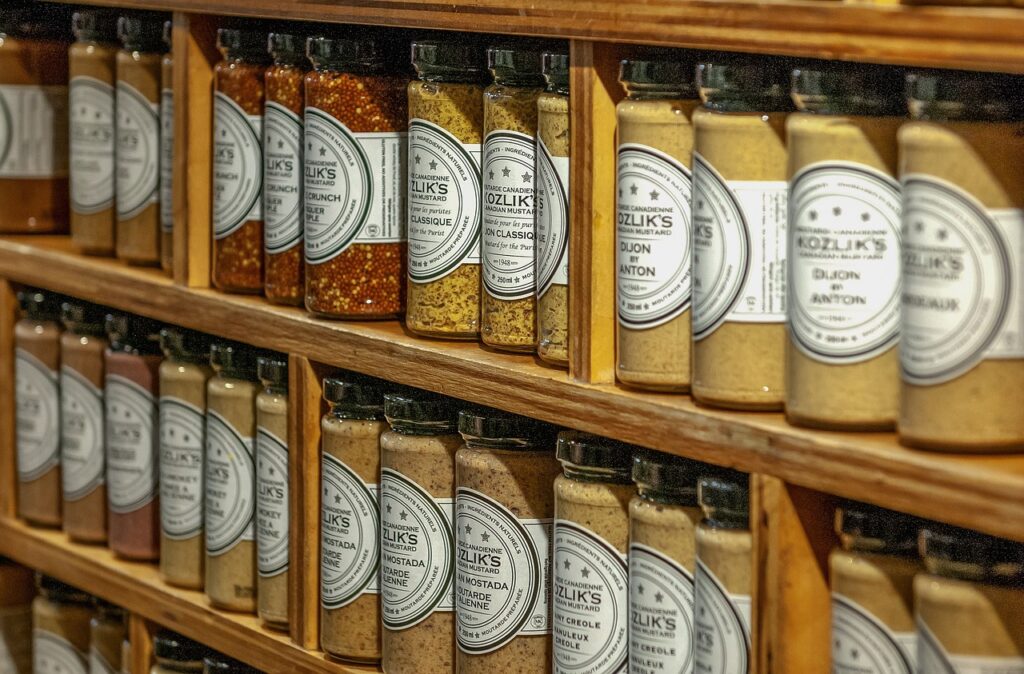How to Sell Your Products in a Local Store

How to Sell Your Products in a Local Store
Introduction
Selling your products in a local store is a great way to increase brand visibility, attract new customers, and build credibility for your business. As you can imagine, local stores get troops of customers to walk in daily. But getting a store to carry your products isn’t as simple as walking in and asking. You need the right approach, the right pitch, and a strong understanding of what these retailers are actually looking for.
In this guide, we will break down exactly how to sell your products in local stores, what store owners care about, and how to make them say yes.
Make Sure Your Product is Retail-Ready
Before you approach a store, your product needs to be packaged, priced, and positioned in a way that makes it appealing for retail. Make sure it is ready, in order to present your brand as serious and reliable.
Stores won’t stock items that look unfinished, lack proper pricing, or don’t align with what their customers want.
Here are some key things to check before pitching to stores:
- Packaging matters – You can’t just present a product that barely looks good. Your product should look professional and retail-ready. If it’s a food item, make sure it meets all the required labeling requirements. If it’s a handmade item, the packaging should be neat and visually appealing.
- Pricing must be store-friendly – Retailers will buy at wholesale prices, which is usually 50% of the retail price. Make sure that your pricing structure conveniently allows room for profit while staying competitive in the store.
- You need a clear target audience – Stores won’t take your product if they don’t see demand. Make sure the product you want to sell actually has active demand, and the likelihood of sales is very high. Be clear on who your customers are and why your product will sell.
- Have a solid inventory plan – If the store orders in bulk, can you deliver? If not, work on your supply chain before pitching the product.
Choose the Right Stores to Approach
Not every store is the right fit for your product. Instead of pitching to every shop in town, focus on the stores that cater to your target audience, in order not to waste your time and theirs.
How to Find the Right Local Stores:
Look for stores that already sell similar products. If you’re selling skincare, check out natural food markets or boutiques. If you make handmade candles, go straight for home decor stores or gift shops.
Visit the store in person. Walk in to see what kind of products they carry, their price range, and whether your product would fit in without a hassle.
Check if they support local businesses. Some stores prioritize local brands and may be more open to new products, in case yours is.
Start with small, independent stores first—they are easier to approach than big chains and are often more willing to support local entrepreneurs like yourself, as long as your product is good enough.
Build a Strong Pitch for the Store Owner
Once you’ve found the right stores, it’s time to convince the owner or buyer to stock your product.
What Store Owners Care About Most:
Will your product sell? They won’t take a risk unless they believe their customers will buy it, and it’s generally worth the partnership.
Do you have proof of demand? If you’ve sold well at markets, online, or through social media, don’t fail to mention it. Let them know that there is demand.
Are you reliable? They need to know they can count on you for restocking and quality control, or to respond to customers’ enquiries.
How to Approach Store Owners:
Start with an email or call. Introduce yourself and ask for a short meeting to discuss your product. Keep it brief and professional, and try not to sound too pushy.
Visit the store in person. If possible, go in yourself and ask to speak with the buyer or owner directly. Having a face-to-face conversation makes a stronger impression.
Bring a sample. Let them see and feel the product—this makes a huge difference. If you’re selling food, let them taste it first.
Showcase your product’s success. Mention online sales, if any (Orah, Etsy, Amazon), customer feedback, or your partnerships with other retailers.
Offer Flexible Selling Options
Sometimes, store owners are hesitant to take on a new product. Make it easier for them by offering different ways to work together.
Ways to Get Your Product in a Store:
- Wholesale (Best for already established sellers)—Maybe the store can buy your products in bulk at a discounted rate and sell them for a profit. You could choose to get paid upfront, but you must offer a good wholesale price.
- Consignment (Best for new sellers)—The store will stock up your product without paying upfront. You will only get paid when the item is sold (usually a 60/40 or 70/30 split). This is obviously a lower risk for stores, and it will make them more willing to agree.
- Pop-Up or Trial Run ( This is Great for testing demand first)—Here, you offer to sell your product for a limited time to see how it performs, after which you can decide if it’s worth selling. Some stores let small brands set up a pop-up table to showcase their items.
It’s important to know that having flexible options increases your chances of getting a yes.
Negotiate Terms and Keep a Good Relationship
Once a store agrees to sell your product, make sure you clarify the terms in writing to avoid misunderstandings.
These are some of the key things to discuss:
- Payment terms – If it’s wholesale, how and when will they pay you? If it’s consignment, what percentage do you get?
- Restocking plan – How often will you check and restock?
- Return policy – If products don’t sell, do they return them, or do you buy them back?
Maintain a Strong Relationship with the Store
Once your product is in, don’t just disappear. Building a long-term partnership means keeping the store happy.
- Try to visit regularly to check stock levels and ensure displays look good.
- Promote the store on your social media and encourage your customers to buy from them.
- Stay professional and reliable—word spreads, and good relationships can lead to more opportunities.
The importance of maintaining a good relationship with the stores cannot be overemphasized. It makes all the difference between having a partnership that is only based on the business, and having the store actually look out for your brand.
Conclusion
Getting your products into local stores can be a huge opportunity for your business, but remember that success comes down to having a great product, pitching it well, and maintaining strong relationships with the store owners.
Make sure your product is retail-ready with great packaging and pricing.
Choose the right stores that align with your product and audience.
Approach store owners with a strong pitch that focuses on sales potential






Responses